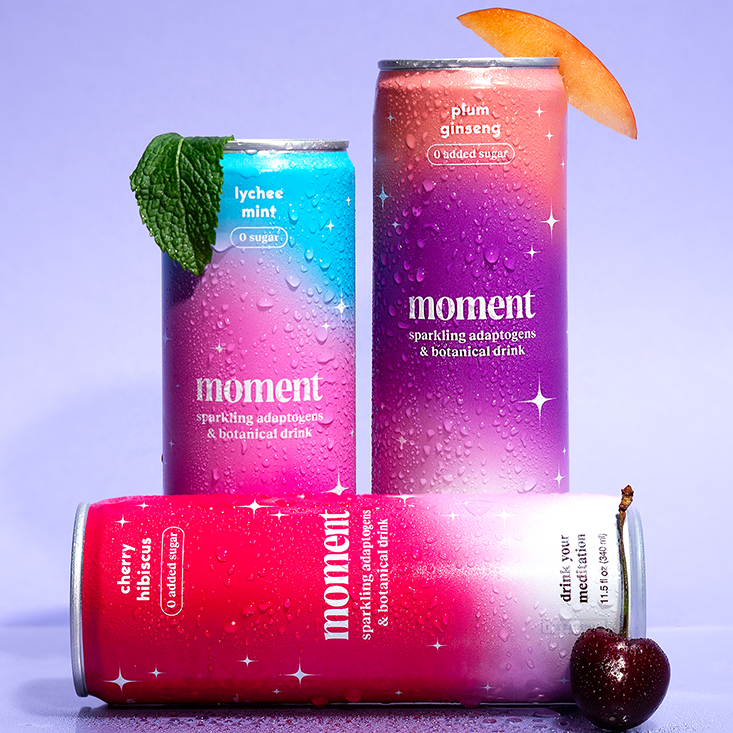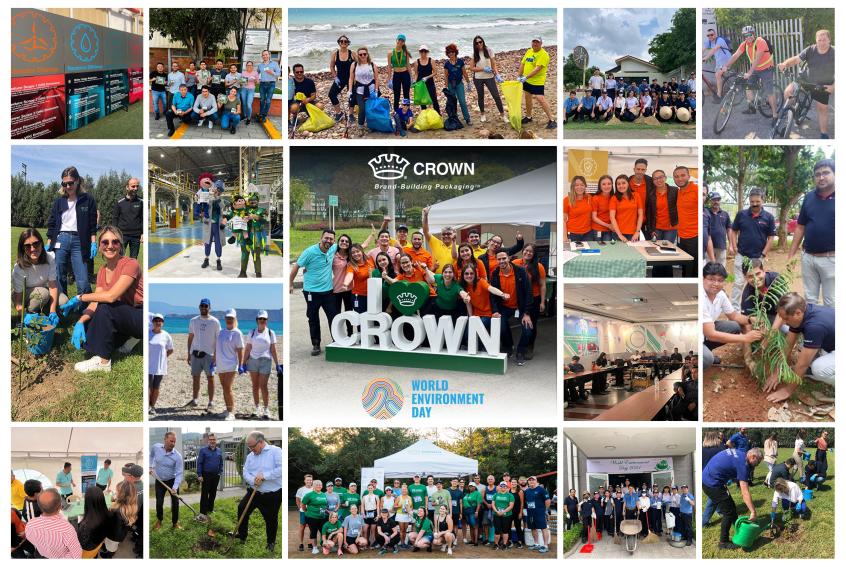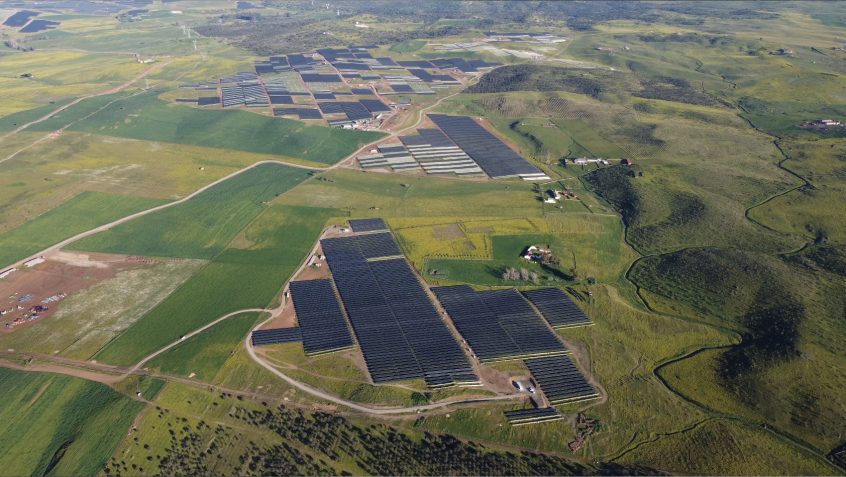‘Tis the Season…

When are peaches ready to pick? What month is best for asparagus? Why are oranges called a winter fruit if I can buy them in July? If you asked the average consumer what is currently in season, the chances are you will be met with deafening silence.
The main reason for this, it could be argued, is that the seasonality of produce has all but disappeared as we, the consumers, have continued to demand access to any and all varieties of produce all year round. ‘Why should I wait to eat a peach?’ you may ask. Well, the answer is you don’t have to, but there is a way to significantly reduce the amount of food miles necessary to get that peach to you, say in December, thus making it a more environmentally friendly way to consume it.
One answer to this challenge is canning. According to figures from the Food and Agriculture Organization of the United Nations (FAO), an estimated one-third of all food produced globally is lost or goes to waste, in part due to improper preservation techniques. If that food were canned, it could be made available to consumers year-round, reducing the need for imports that may contribute to increased carbon footprint and avoidable food miles.
The Environmental Transport Association (ETA) in the U.K. defines food miles as “the measure of the distance a food travels from the land to your plate,” and in some instances, it is quite surprising just how far that distance is. An apple that has reached the U.S. from New Zealand travels close to 14,000km, for example; and if those apples have been flown by air – as it is a fashion of travel for many imports today – the environmental impact will be far worse than if they traveled by boat, for example.
An enormous amount of fruits and vegetables take to canning particularly well, meaning they can be enjoyed year-round and sourced locally – or at least more locally. Most canning facilities are strategically placed near to the growing locations, ensuring fruit and vegetables are canned within hours of being picked – when they are at peak freshness - keeping their nutritional value. Seasonal ingredients also have the added benefit of being less expensive than those imported from overseas out of season, so choosing to consume canned produce out of season will also have a positive impact on your pocket.
Canning also locks in many nutrients that start to be lost as soon as fresh produce is harvested, keeping products safe from light and oxygen exposure with a hermetic seal. Canned foods, as a result, are nutritionally on par with fresh and frozen products, and in many cases, they are actually more nutritious. A study by Michigan State University showed that the retort process employed during canning tomatoes actually improves their B vitamins, vitamin E and carotenoid content. Canning also helps make fiber in certain vegetables, like beans, more soluble and therefore more useful to the human body.
Canning, then, brings many benefits to the table in terms of consumer convenience, reducing food waste and preserving nutritional values, but what are its impacts on the environment and how does this feed into consumer attitudes? We recently took a deep-dive survey into food packaging trends and attitudes, and the younger generation, in particular, was found to place a high priority on sustainability, recycling and minimizing waste – three things that metal packaging feeds directly into. There is no better packaging format from a sustainability perspective, given that metal is infinitely recyclable without loss of properties, the recycling infrastructure is second to none, and with the long shelf life provided by the can, there is less chance that wastage will be an issue.



